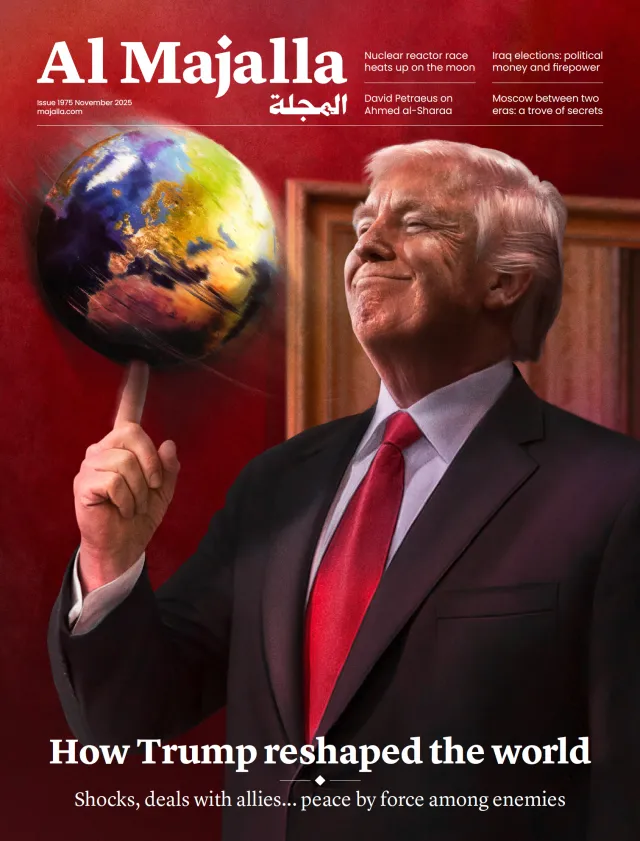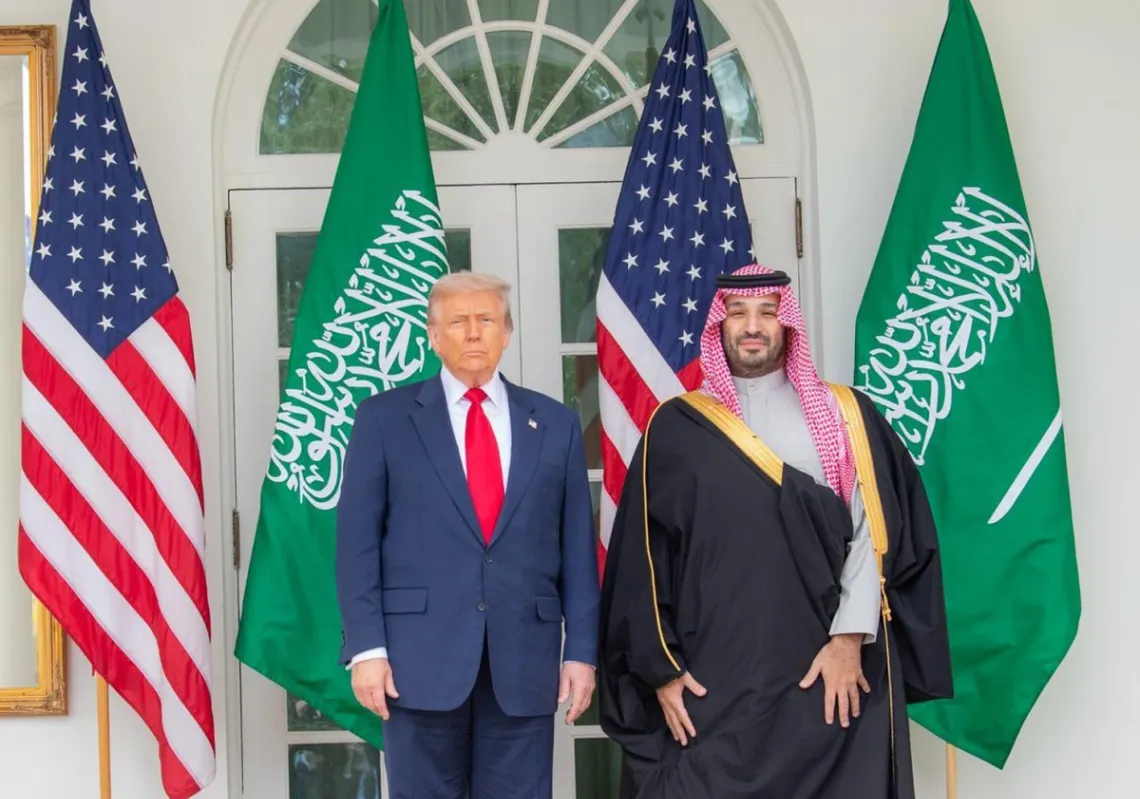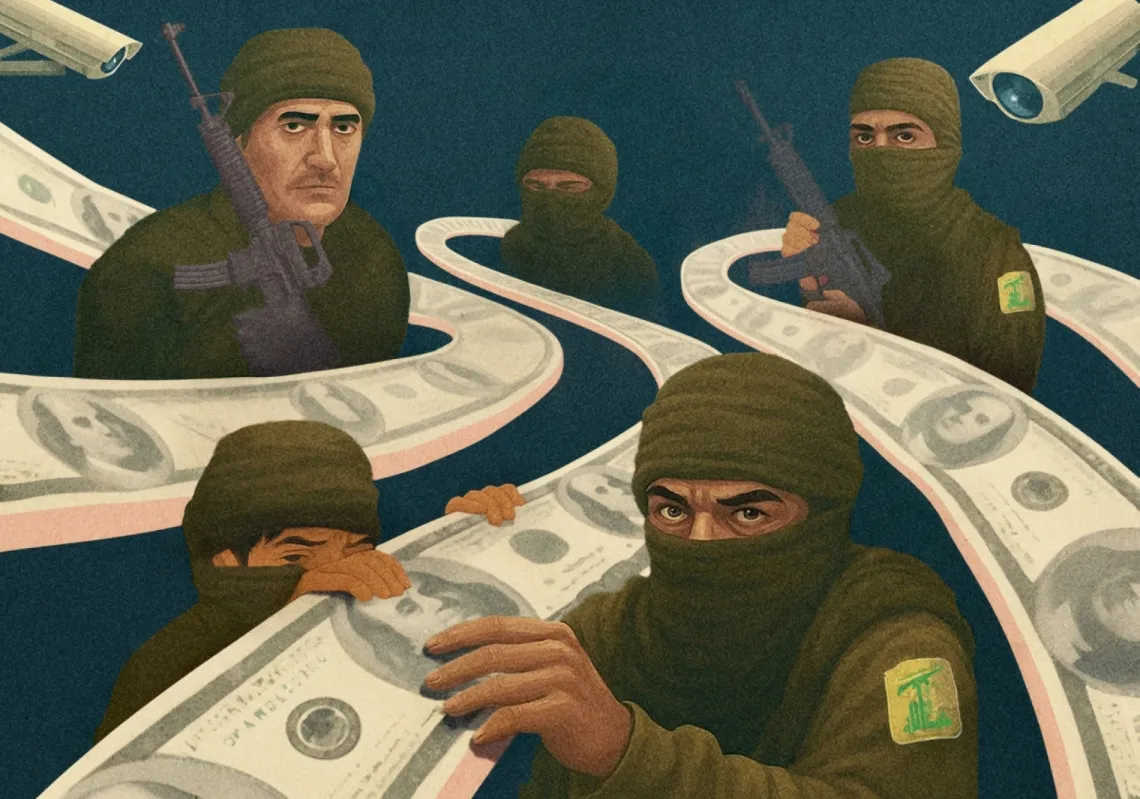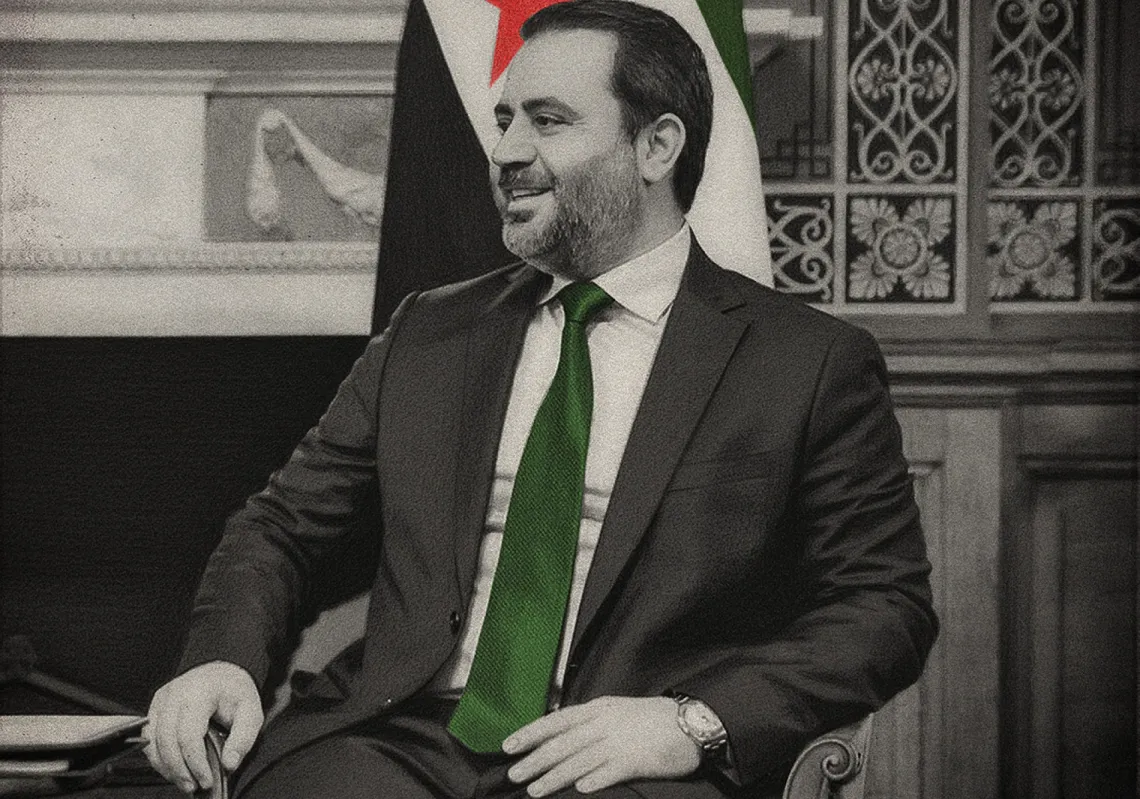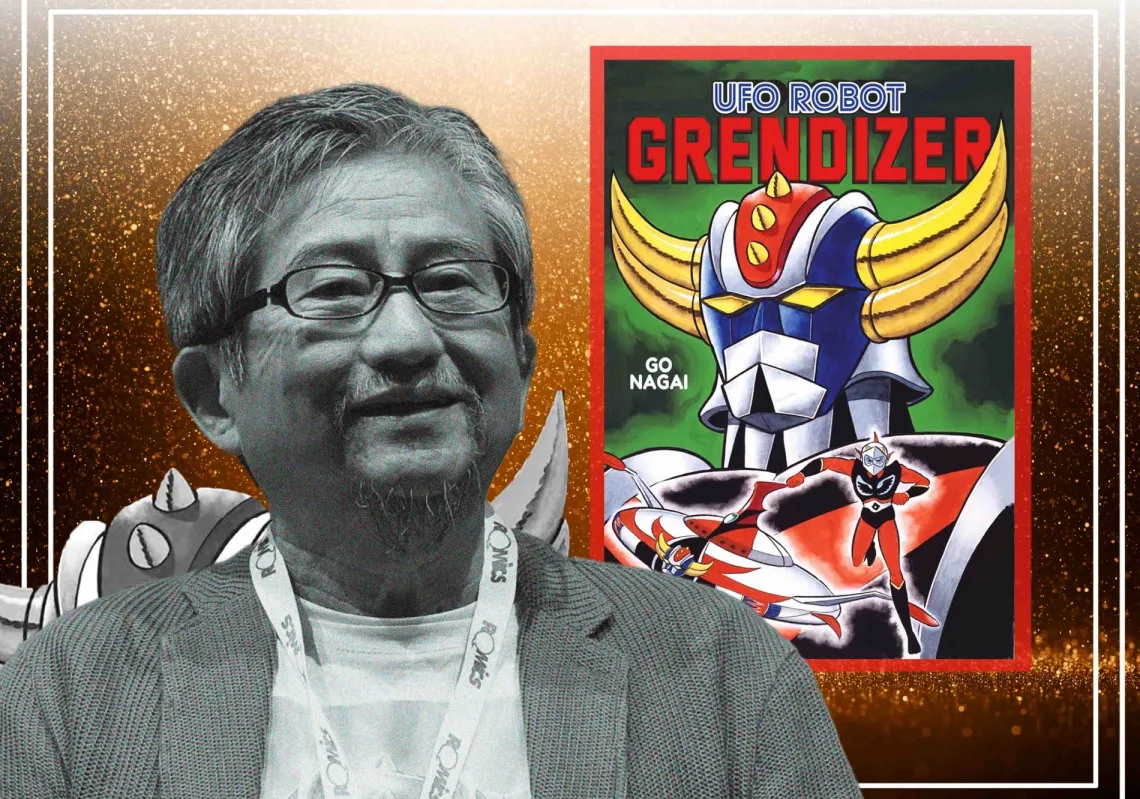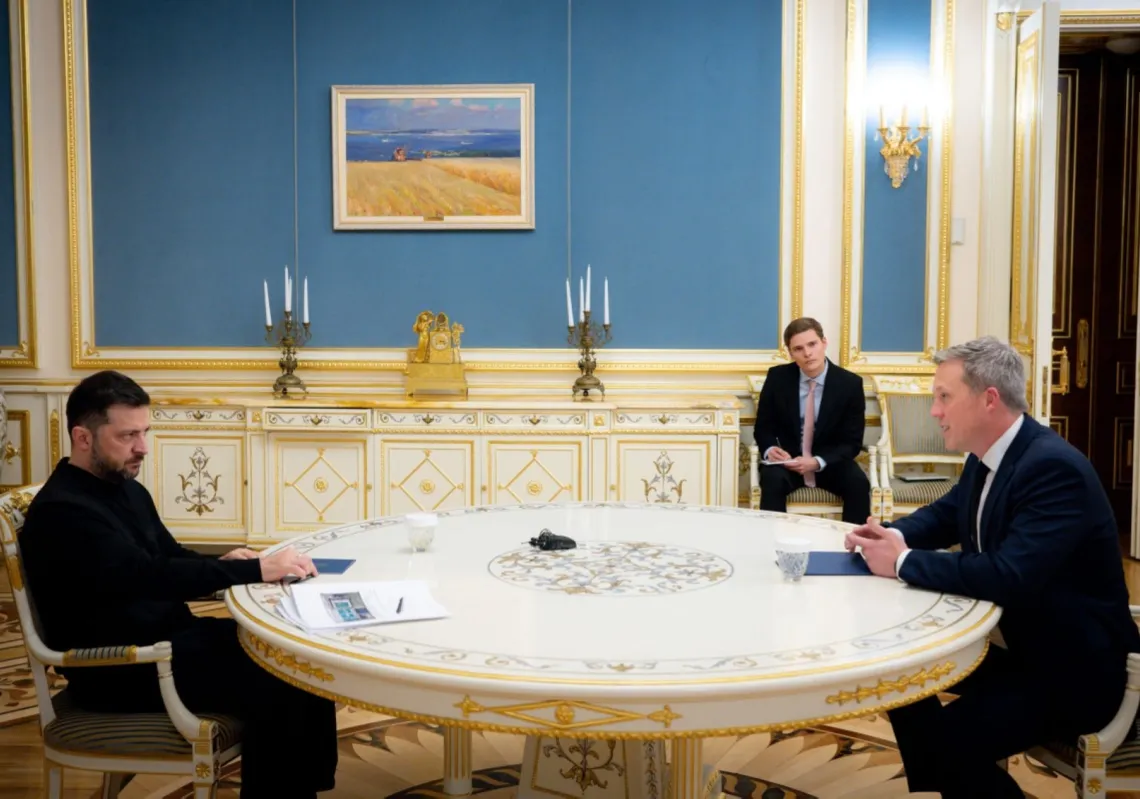The conflict in Sudan has been relentless and destructive – but one thing remains unclear amid the chaos. What would “victory” mean for either faction?
Neither party has offered a coherent or rational (not to mention, compelling) explanation of the outcome they’re hoping for.
In their pursuit of this elusive “win”, they willingly sacrifice countless soldiers and innocent civilians, while allowing the heedless destruction of both public and private property.

Meanwhile, both sides have been content with vague and overarching narratives of “triumph,” which they intend to celebrate once the war is over.
The military describes its desired outcome as "the eradication of the rebels within the Rapid Support Forces." The Rapid Support Forces (RSF) describe victory as "the removal of remnants from the old regime within the military and the transfer of authority to civilian hands."
But the lack of specificity in these descriptions compounds the futility of the conflict itself.
Historical evidence of bleak outcome
Recent statements from army leaders – including the latest address by army commander Lt. Gen. Abdel Fattah Al-Burhan – boast of decimating heavily armed adversaries, ultimately forcing the remaining soldiers into a frenzied retreat.
However, these kinds of declarations might be just another way for the military to buff up its narrative and rally support.

While neutralising parts of the RSF and forcing them to surrender is certainly a plausible outcome, the Sudanese army's track record casts doubt upon the likelihood of this happening.
Not only that but historically (and globally), guerrilla warfare and urban battles typically meet a bleak end.
If history is anything to go by, the Sudanese army's path to victory will take a steep toll, eventually turning triumph into defeat, as the conflict endures, the country is left ravaged, and the suffering of the Sudanese people is prolonged.
The longer this war is drawn out, the more unpredictable its conclusion becomes.

